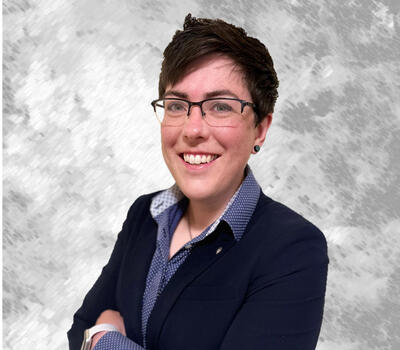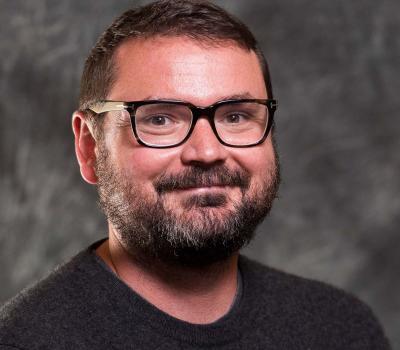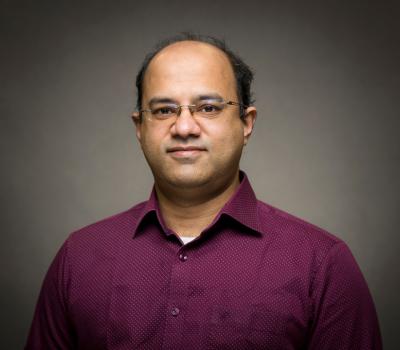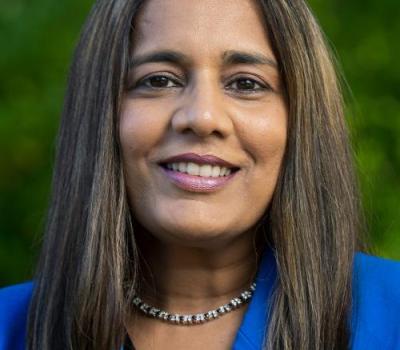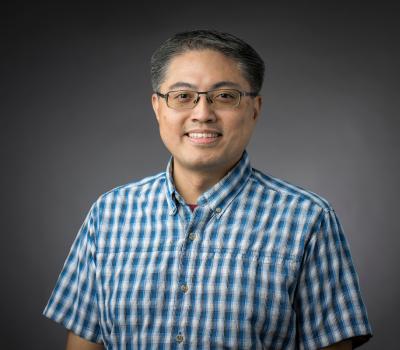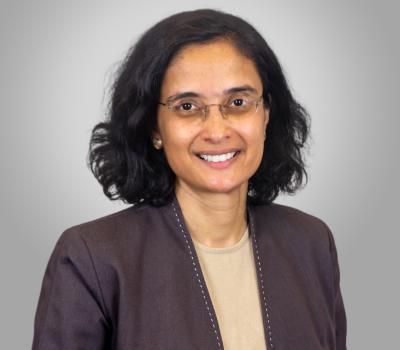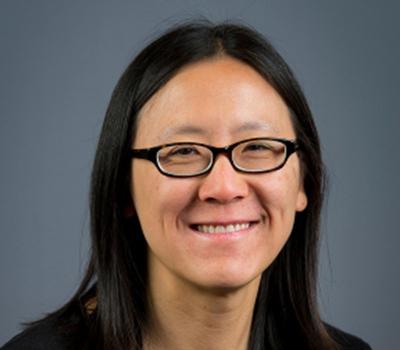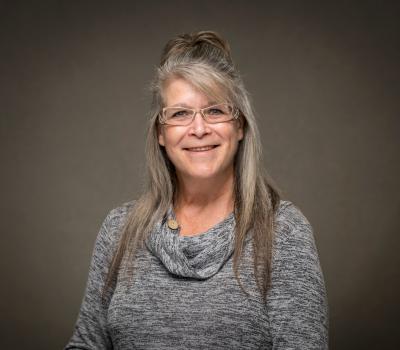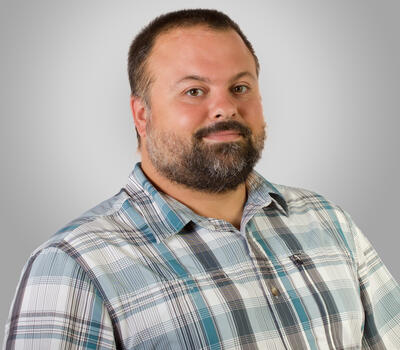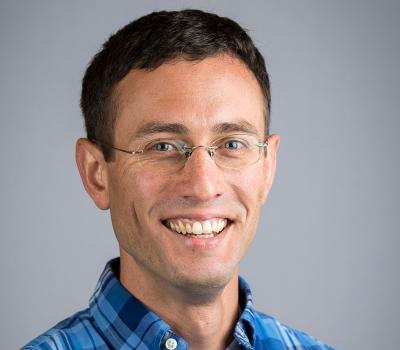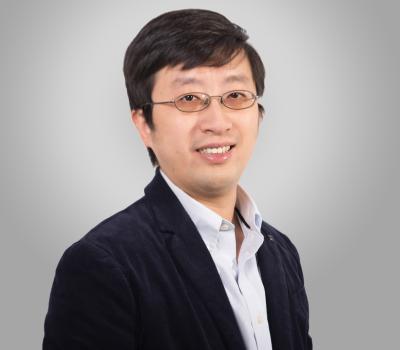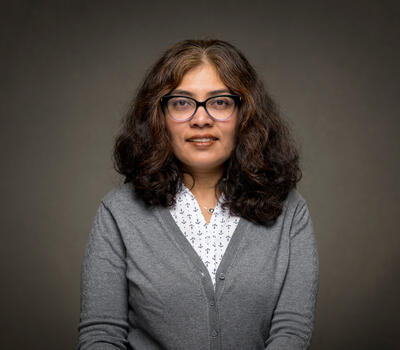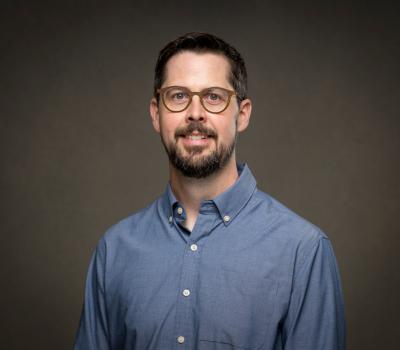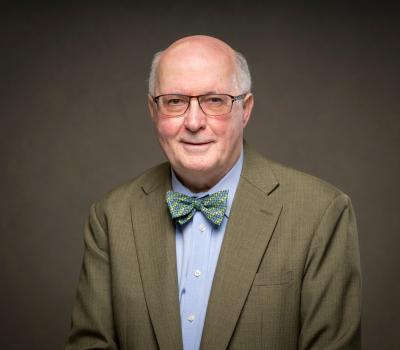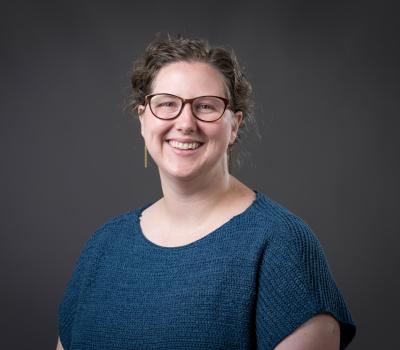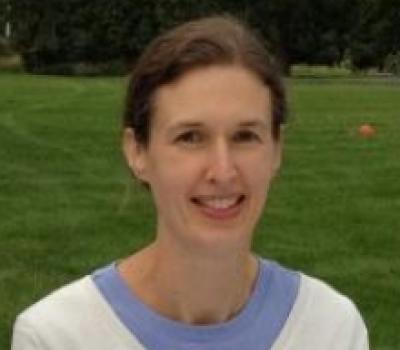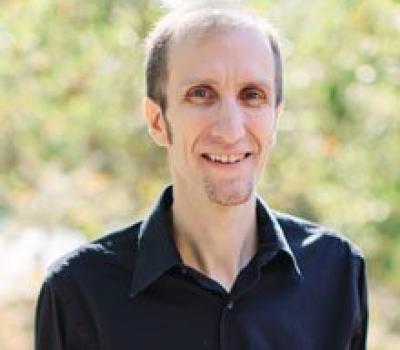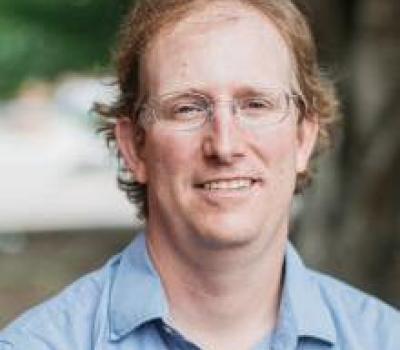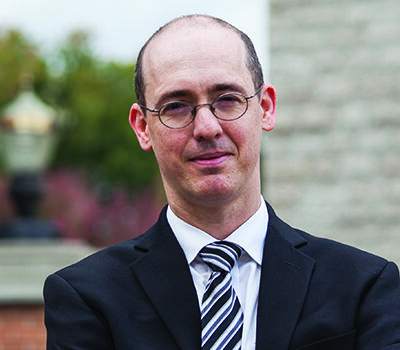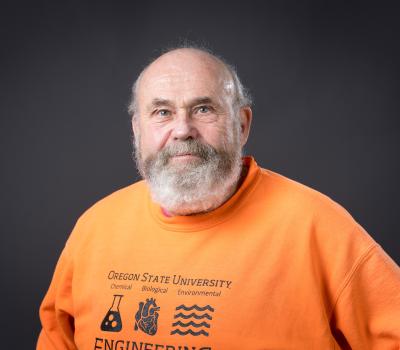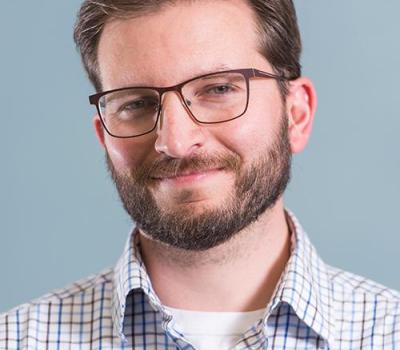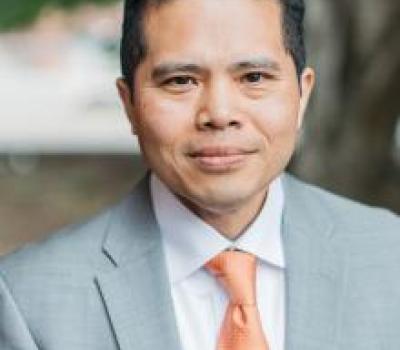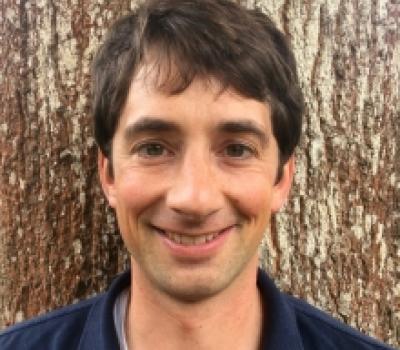Students in the joint PhD program can select faculty mentors at Oregon State University (listed below) or at the University of Oregon. At this time, MS students can only select faculty mentors from OSU.
Faculty
Assistant Professor
Interests: Microbiome science, gut brain axis, cognition, learning, neurodegeneration, statistics.
Associate Professor
Interests: Biomaterials, biomimetics, molecular self-assembly
Associate Professor
ravi.balasubramanian@oregonstate.edu
Interests: Robotics and human control systems
Interim Dean of the College of Science
Interests: Mathematical biology - deterministic and stochastic modeling, analysis, and simulation of multiscale problems in population dynamics and epidemiology.
Associate Professor
Interests: Biological systems, systems biology, systems neuroscience, and cognitive science
Associate Professor
Interests: Nanomaterials and integrated biosensors for point-of-care testing
Professor
Interests: Biomagnetic applications, magneto-acoustics, magnetic metrology, 3D printed magnetic materials, spintronics
Associate Professor
Interests: The Fogg Lab aims to develop and exploit high throughput in vitro 3D models of cancer in order to identify novel druggable targets, improve treatment selection of current therapeutics, and reprogram the immune system in the metastatic niche
Professor
Interests: Biosensing and microfluidics for field-use applications
Assistant Professor
Interests: Predicting treatment outcomes for intervertebral disc regenerative and surgical therapies., Interests: Utilizing MRI, image processing, mathematical modeling, tissue engineering, drug delivery, and surgery to study transport phenomena in vivo.
Professor
Interests: Novel approaches to predictive toxicology
Professor
Interests: Structure, function and mechanisms of action of non-coding RNAs, both large and small.
Professor
Interests: Technologies for long-term stabilization of cells, tissues and organs; microfluidic devices for chemical processing of blood.
Professor
Interests: RNA folding, RNA design, mRNA medicine, protein folding, protein design
Professor
Interests: Medical device design, ubiquitous sensing technologies, machine learning, control systems, and signal processing as applied towards diabetes technologies and other diseases including multiple sclerosis
Associate Professor
Interests: Biomaterials, stem-cell-based tissue engineering, and tissue regeneration
Professor
matthew.johnston@oregonstate.edu
Interests: Electronic sensors, circuits, and devices, with an emphasis on biosensor and bioelectronic platforms, massively-parallel sensing, and lab-on-chip technologies for medical monitoring and point-of-care diagnostics.
Professor
goran.jovanovic@oregonstate.edu
(541) 737-3614; alt: (541) 737-2981
Interests: Design, manufacturing, and application of microscale-based therapeutic devices. Continuous blood processing via the i-Blood platform, a wearable, high-performance microfluidic device.
Assistant Professor
heidi.kloefkorn@oregonstate.edu
Interests: Our lab integrates noninvasive observational and analytical technology with tissue analysis to: , Interests: 1. better understand pathophysiology of chronic disease and injury conditions, Interests: 2. advance preclinical model assessment for better translational efficacy, and , Interests: 3. understand and minimize experimental bias
Associate Professor
marilyn.mackiewicz@oregonstate.edu
Interests: Our research is centered around 4 major themes that include: 1) designing nanoscale materials for biomedical and environmental applications , Interests: 2) studying nanoparticle-biological interactions and nanotoxicology, Interests: 3) developing diagnostic assays and systems to monitor disease states and therapeutic response, Interests: 4) systems for imaging and targeted drug delivery
Associate Professor
megrawm@science.oregonstate.edu
Interests: Understanding how small RNAs and transcription factors work together in living cells.
Associate Professor
Interests: Biomechanics of preventing falls and fractures; ergonomics of transferring people with disabilities
Associate Professor
benjamin.philmus@oregonstate.edu
Interests: The Philmus lab is interested in the natural products, aka secondary metabolites, produced by both microorganisms and plants.
Professor
Interests: Reverse engineering gene regulatory networks; genetic variation and its effect on gene expression and gene regulation; atherosclerosis; cancer.
Associate Professor
skip.rochefort@oregonstate.edu
Interests: Rheological, molecular, thermal, and surface characterization of polymer-based biomaterials and biomedical devices
Associate Professor
thomas.sharpton@oregonstate.edu
Interests: Using gut microbiomes to understand, diagnose, and treat chronic diseases
Associate Professor
Interests: Collective distributed sensing by multiple cells, mechanics of tumor and extracellular matrix, force generation and invasion of cancer cells.
Associate Professor
Interests: Applying nanotechnology toward unanswered problems in cancer care.
Assistant Professor
Interests: Neuroscience; animal navigation; automated, closed-loop instrumentation; computer vision; computational biology
